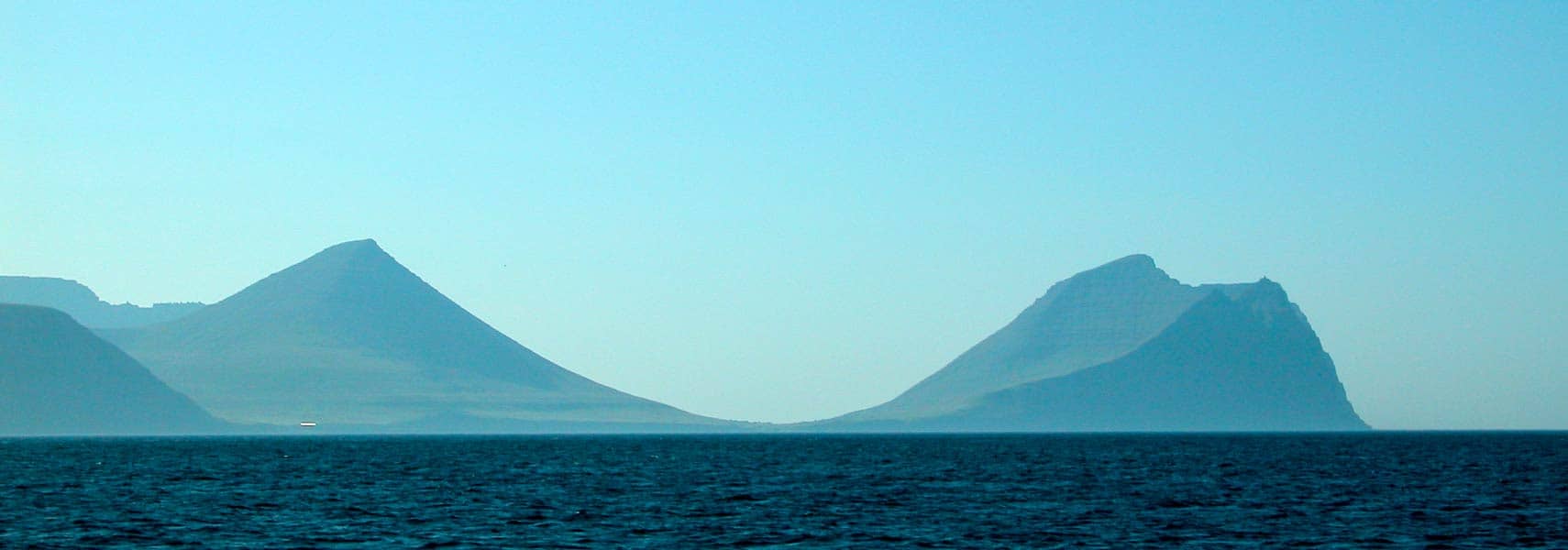Exploring the Enigmatic Faroe Islands
The Faroe Islands, a stunning archipelago of 18 majestic and rugged islands, lie nestled north of the United Kingdom and southwest of Iceland. This unique island group stands as an autonomous nation, forming part of the Kingdom of Denmark. Indeed, the Faroe Islands represent the peaks of a submarine hogback situated in the Norway Basin. Covering an area of 1,393 km², they are slightly larger than half Luxembourg, yet a tad smaller than one-third of Rhode Island.
With a population of approximately 49,000, the Faroe Islands cradle the capital city of Tórshavn, which also holds the title of the largest city. Furthermore, the official languages spoken here are Faroese and Danish, reflecting the islands’ rich cultural heritage.
Rich Historical Background
Remarkably, the population of the Faroe Islands largely descends from Viking settlers who made their way to these lands in the 9th century. Consequently, these historical roots have shaped the identity of the islands. Politically, the Faroe Islands have established a connection with Denmark dating back to the 14th century. Moreover, significant self-governance was achieved in 1948, allowing the islands to steer their own course while maintaining ties with their mother country.
Geographical Wonders of the Faroe Islands
Positioned strategically in Northern Europe, the Faroe Islands lie between the Norwegian Sea and the North Atlantic Ocean, roughly halfway between Iceland and Norway. This fantastic archipelago, composed of 17 inhabited islands, finds itself along vital sea lanes in the northeastern Atlantic. However, the precipitous terrain, characterized by rugged and rocky landscapes, confines habitation primarily to small coastal lowlands.
The diverse terrain features cliffs that dominate most of the coastline, offering breathtaking views of the surrounding sea. Remarkably, some low peaks dot the islands, adding to the dramatic landscape that captivates both locals and visitors alike. On top of that, the climate proves to be mild during winters and cool in the summers, though the weather often presents itself as overcast, foggy, and windy.
A Glimpse into the Faroese Society
With a population of around 49,000, the demographics of the Faroe Islands present an intriguing mix. Ethnic groups in the region primarily include Scandinavian descent, with roots in the Viking settlers of the 9th century contributing to the distinct culture. The national language, Faroese, finds its origins in Old Norse, which many inhabitants still cherish today.
In addition to Faroese, most people understand various Nordic languages. English has also gained popularity, allowing effective communication among visitors from around the globe. As for religion, the Evangelical Lutheran Church remains predominant, encompassing around 80% of the population. Moreover, approximately 10% of the people practice the Christian Brethren (Plymouth Brethren) faith.
Natural Abundance of the Faroe Islands
The natural resources of the Faroe Islands play a crucial role in the local economy. Fishing stands as a linchpin industry for the islands, with the surrounding seas brimming with various fish species. Not to be overlooked, whaling also contributes economically to the islands, although it remains a subject of international scrutiny.
Additionally, hydropower presents another vital resource that the islands harness effectively. The combination of these assets underscores the islands' ability to sustain their population while maintaining a reliance on their stunning natural environment.
Tourism and Unique Attractions
Visitors to the Faroe Islands frequently praise the breathtaking landscapes and diverse wildlife. Moreover, countless hiking trails wind through the islands, enticing adventurers to explore their natural beauty. As travelers roam the rocky cliffs or stroll through quaint villages, they experience a sense of tranquility that is unique to the Faroe Islands.
In conclusion, the Faroe Islands represent a compelling destination that combines history, culture, and nature into one vibrant tapestry. Both locals and visitors alike appreciate the stunning terrain and rich heritage, which create a unique identity for this archipelago. Indeed, the Faroe Islands embody a fascinating blend of tradition and modernity, showcasing the best of what Northern Europe has to offer.
Largest cities of: Faroe Islands
| City Name | Population | Year of foundation | |
| Tórshavn | 13,000 | 1040 | |
| Klaksvik | 5,000 | 1950 | |
| Runavik | 5,000 | 1580 | |
| Leirvik | 1,500 | 1798 | |
| Vestmanna | 1,300 | 1153 | |
| Fuglafjørður | 1,200 | 1400 | |
| Sandavágur | 1,100 | 1584 | |
| Strendur | 800 | 1781 |


